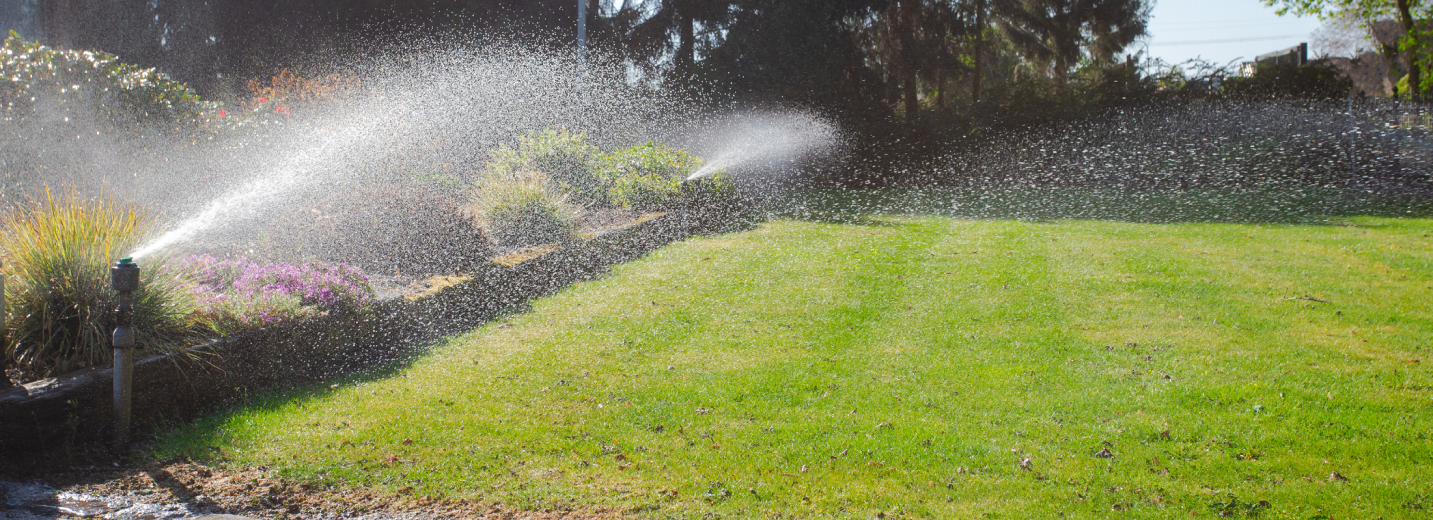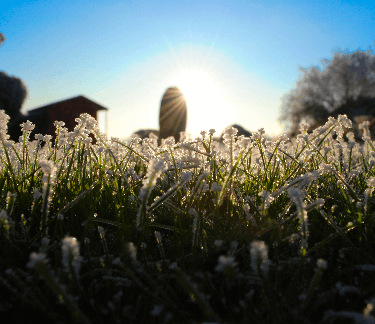Winter has had its turn — now it’s time for your lawn to shine. As the days grow warmer and nature wakes up, spring offers the perfect opportunity to revive your grass and set the stage for a lush green season. With the right care, your lawn can bounce back from dormancy, fend off weeds and thrive all year.
But here’s the thing — lawn care isn’t one-size-fits-all. Different regions and grass types require tailored approaches to maximize results. Whether you have cool-season or warm-season grass, following the right steps for your area is key to a vibrant healthy lawn.
Want to make it even easier? TruGreen takes the guesswork out of lawn maintenance, offering expert guidance and customized plans to help you achieve that picture-perfect lawn without the hassle. Let’s dive into the essential lawn care steps to get your yard in top shape this spring.


 Branch Finder
Branch Finder













 Back to all blogs
Back to all blogs

Facebook
X
Youtube
Copy Link
Email